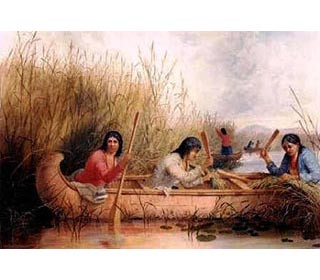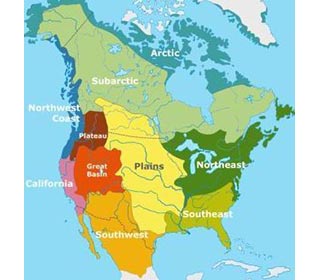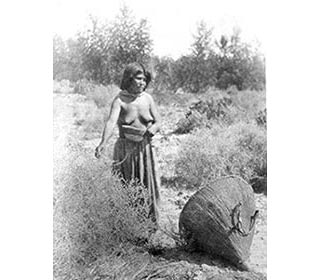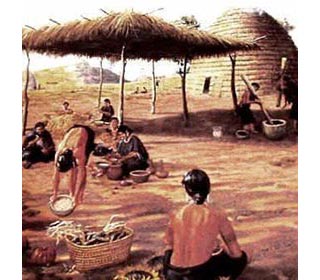|
|
What was the lifestyle and culture of the Paiute tribe?
The Paiute tribe lived in small family groups in small camps of grass houses or temporary wikiups. They spent most of their time gathering seeds, fishing and hunting especially for migratory ducks. The tribe used canoes to travel across the waters. The Great Basin social and cultural patterns of the Paiute tribe were those of the non-horse bands. The neighbouring tribes of the Paiute included the Koso, Washoe, Panamint, Walapi, Ute and the Shoshone tribes. The white settlers that rushing to reach the California Gold fields or the Comstock Lode silver passed through Paiute lands. Some traders and settlers decided to stay in the area, cut down trees ruining the Pine Nut forests and trampling across the grasses that had once provided the Paiute with their means to survive. In 1858, the Paiute tribe allied with the Coeur d'Alene in a 2 year war against the white invaders. After initial successes in the Pyramid Lake War of 1860, they were defeated. The Paiute tribe again came to the fore when Wovoka (c. 1856–1932) a Northern Paiute shaman who founded the Ghost Dance movement. The Ghost Dance What were the rituals and ceremonies of the Paiute tribe? What language did the Paiute tribe speak? What did the Paiute tribe live?
|
|
What did the Paiute tribe eat? |
|
Paiute Woman gathering seeds |
What did the Paiute tribe live in? Grass Houses: The more permanent winter homes of the Paiute were grass houses consisting of cone-shaped huts that were built using a frame of willow boughs and covered with reeds, branches and grass. The Paiute grass house was rounded at the base and at the top of the dome was an open smoke hole. Rocks were piled around the base of the grass house for added insulation. Occasionally the Paiute domed grass houses were built over a 2 - 3 foot foundation. Bark and sometimes earth was added to the Paiute grass house covering to keep out the cold. |
|
What clothes did the Paiute tribe wear? What weapons did the Paiute tribe use? |
|
Picture of a Blowgun |
Paiute History Timeline: What happened to the Paiute tribe? Paiute History Timeline
Paiute History Timeline The Story of the Paiute Tribe |
| Native American Indian Tribes |
| Native Indian Tribes Index |
|
First Published2016-04-19 | ||
Updated 2018-01-01 | Publisher Siteseen Limited | |
|



